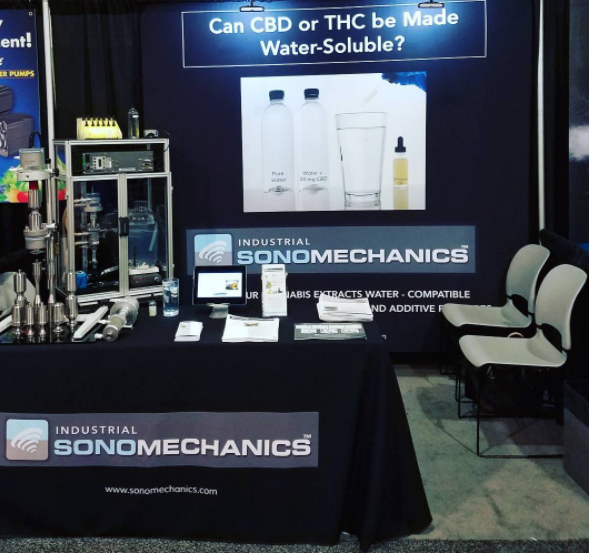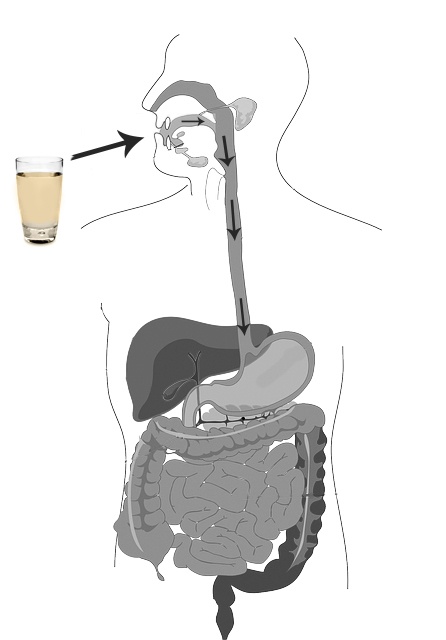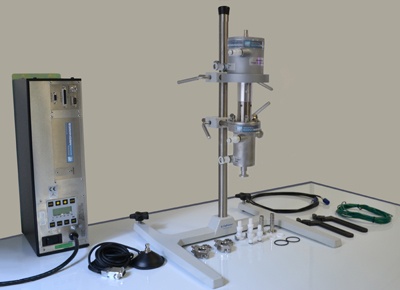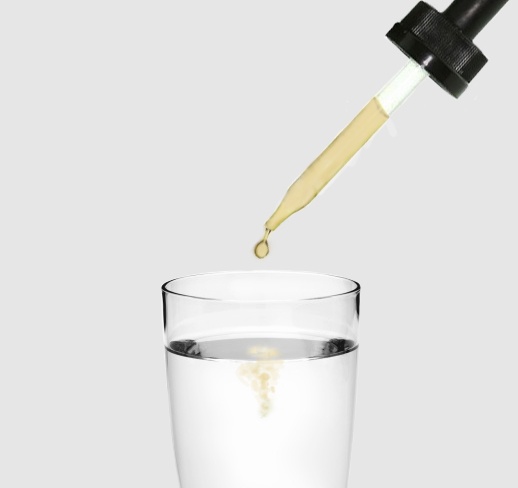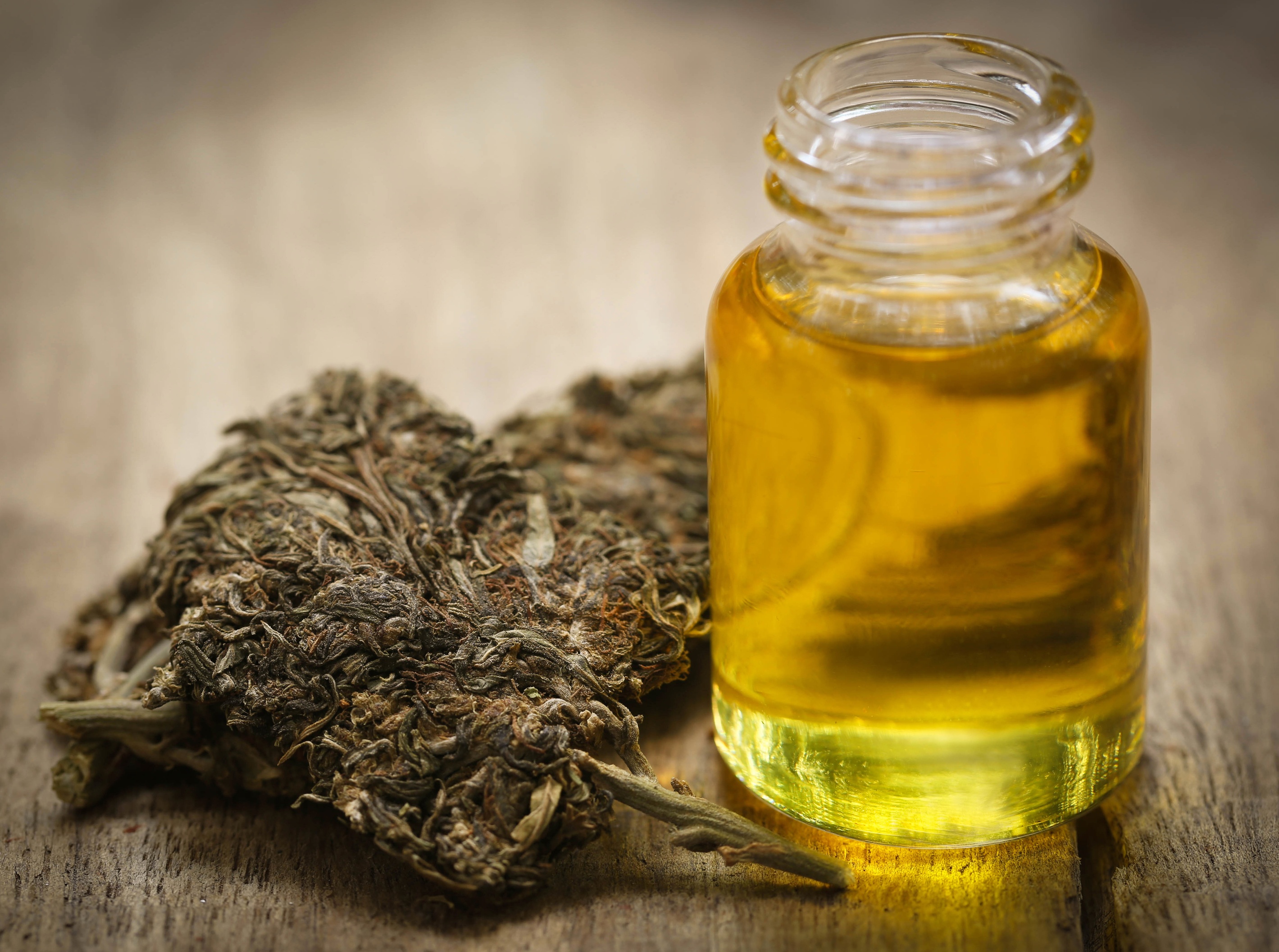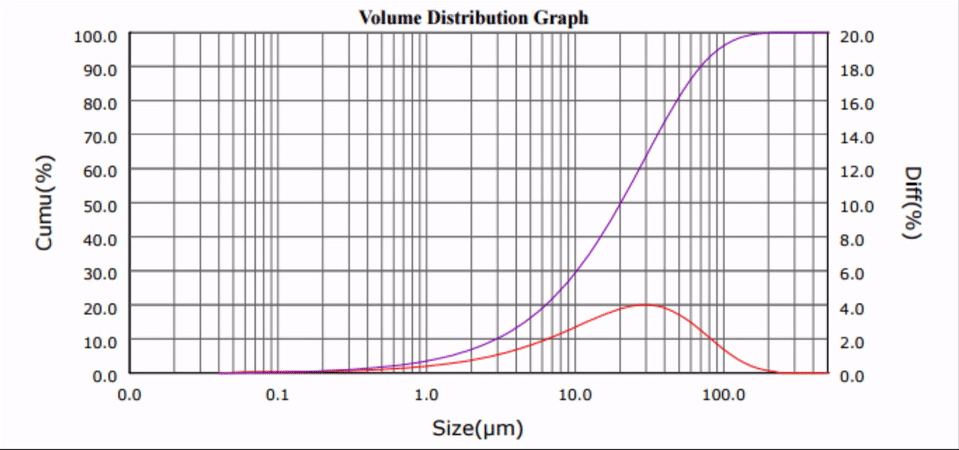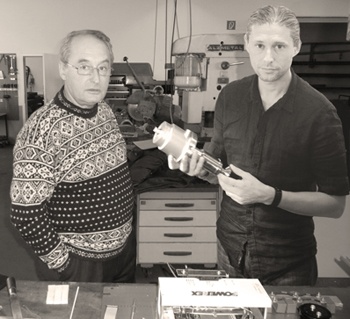There are many ways to administer medical and recreational cannabis, each with its own benefits and drawbacks. One common feature, however, is that only a certain (generally small) percentage of the consumed cannabinoid content, defined as "bioavailability", can be absorbed into the bloodstream with each method. This stems from the fact that cannabinoids are not water-soluble and, therefore, not readily compatible with the predominantly water-based human body. Water-soluble compounds such as ethanol, on the other hand, can be quickly and efficiently delivered to the bloodstream via a variety of alcoholic beverages, eliminating the need for other delivery methods. Wouldn't it be great if the same could be done with cannabis?
Ways to Consume Cannabis: How Water-Compatible Nanoemulsions Can Help
[fa icon="calendar'] Aug 20, 2017 9:00:00 AM / by Alexey Peshkovsky, Ph.D. posted in Emulsion-based Products, Medical Cannabis
2017 MJBiz Conference & Expo Highlights: Infused Products on the Rise
[fa icon="calendar'] Jun 26, 2017 12:01:00 PM / by Iva Gyurgina posted in General Announcements, Medical Cannabis
Last month, Industrial Sonomechanics (ISM) had a chance to participate in the Spring 2017 Marijuana Business Conference & Expo at the Gaylord National Resort & Convention Center near Washington, D.C. With its increased participation (thousands attending and 275 exhibitors on the expo floor), the conference provided a clear indication of the cannabis industry's accelerated growth.
ISM exhibited its laboratory, bench, and industrial-scale ultrasonic processors and additive packages used for the production of nanoemulsions of cannabis extracts, also known as "water-soluble CBD and THC". A wide variety of topics related to ultrasonic emulsification were covered by our presenters:
- Reasons for low and unpredictable bioavailability profiles of traditional cannabis products;
- Challenges of delivering accurate cannabinoid doses by common administration methods, such as smoking, vaping, dabbing, edibles, sublingual, etc.;
- Advantages of turning cannabis extracts into water-compatible nanoemulsions: increased potency, accelerated onset of action, simplified administration and guaranteed dosing accuracy;
- Formulation options: translucent versus milky nanoemulsions, flavour, stability, etc.
ISM Will Be Exhibiting at 2017 Marijuana Business Conference & Expo
[fa icon="calendar'] Mar 2, 2017 7:31:00 AM / by Iva Gyurgina posted in General Announcements, Medical Cannabis
We are happy to announce that ISM will participate in the Spring 2017 Marijuana Business Conference & Expo in Washington DC. The conference will take place on May 16 - 19, 2017 at the Gaylord National Harbor Hotel. If you are interested in making cannabis oil nanoemulsions, also known as water-soluble CBD and THC, please come by and see our ultrasonic equipment at booth 1223!
The Role of Carrier Oils in Water-Soluble CBD and THC Formulations
[fa icon="calendar'] Jan 28, 2017 11:37:28 AM / by Alexey Peshkovsky, Ph.D. posted in Emulsion-based Products, Medical Cannabis
This is a second article in the series on the principles of formulating water-compatible cannabis extracts and isolates, also known as water-soluble CBD and THC. The first article showed multiple advantages of nanoemulsions over the other two water-compatible formulation classes: microemulsions and liposomes. Here I will demonstrate the importance of using a carrier oil in your cannabis extract or isolate nanoemulsion. I will also explain how to select the proper carrier oil among the available choices.
Assembling Your BSP-1200 Bench-Scale Ultrasonic Processor
[fa icon="calendar'] Dec 30, 2016 3:20:51 PM / by Iva Gyurgina posted in Ultrasonic Processing Systems
The BSP-1200 bench-scale ultrasonic liquid processor is a Barbell Horn Ultrasonic Technology (BHUT)-based system, designed for process optimization and medium-scale production. It can be implemented in two processing modes: flow-through and batch. When a large amount of material needs to be processed, the former is preferable because it results in a much higher processing capacity, improved ultrasonic exposure uniformity, and better temperature control.
When configured in the flow-through mode, the processor is supplied with four main components: a 1,200 W ultrasonic Generator, a water-cooled piezoelectric Transducer, a Barbell Horn, and a Reactor Chamber (flow cell). Although it is supplied mostly pre-assembled and ready-to-use, knowing how to put it together can be helpful. In this blog post, we provide step-by-step assembly instructions for the BSP-1200 configured in the flow-through mode.
Please keep in mind this blog post is relevant to BSP-1200 system units shipped before April, 2021.
Water-Soluble Cannabis Oils: Microemulsion, Liposomes or Nanoemulsion?
[fa icon="calendar'] Nov 24, 2016 9:00:00 AM / by Alexey Peshkovsky, Ph.D. posted in Emulsion-based Products, Medical Cannabis
Industrial Sonomechanics is launching a series of blog posts dedicated to describing the main principles of developing water-compatible cannabis extract formulations, also known as water-soluble CBD and THC. As explained in our earlier blog post, since medical marijuana extracts are oils and, as such, not soluble in water, they have to be specially formulated in order to become water-compatible and acquire the appearance of being water-soluble. There are three formulation classes that can provide this property: microemulsions, liposomes and nanoemulsions.
Improving Candle Production by Nano-Emulsifying Water into Wax
[fa icon="calendar'] Nov 7, 2016 1:12:00 PM / by Taieesa Peshkovsky posted in Emulsion-based Products
For centuries, candles have been utilized for light, decoration, religious ceremonies and much more. The production of modern candles is a complex process, susceptible to several hurdles. Their main constituent, paraffin wax — which is desirable for its relatively low melting point of ~60°C [1] — experiences volatile changes in cost as it is a by-product of crude oil production [2]. Additionally, during cooling, different parts of the jar candle solidify at different rates due to low heat conduction throughout the wax. This leads to uneven settling (referred to as surface undulation), which forms a cavity in the center of the candle and requires a post-process void-filling operation (see Figure 1).
Cannabis Concentrates: Medical Significance and Extraction Methods
[fa icon="calendar'] Oct 22, 2016 8:00:00 AM / by Alexey Peshkovsky, Ph.D. posted in Medical Cannabis, Extraction
The cannabis (marijuana, hemp) plant has been used for medicinal purposes for millennia. In addition to terpenes and flavonoids, over 100 types of therapeutically active compounds known as cannabinoids have been identified in these plants [1]. The two most important and well-known cannabinoids are tetrahydrocannabinol (THC) and cannabidiol (CBD) [2]. Cannabinoids have the ability to directly and/or indirectly affect receptors in our cells because they mimic endocannabinoids produced by our own bodies endogenously, for example, in response to injury [3].
Ultrasonic Dispersing and Wet-milling of Calcium Carbonate (CaCO3)
[fa icon="calendar'] Oct 6, 2016 6:29:11 PM / by Shlomo Leibtag posted in Wet Milling and Dispersing
Cement, and its paved derivative, concrete, is a widely-consumed material in any modern society: residential walkways, recreational parks and building construction are just some of the many uses of cement. This year, upwards of 80 million metric tons of cement will be processed in the United States alone [1].
As a building and support material, the two most important qualities of cement are its compressive strength (the capability to withstand an inward load) and its workability (the propensity of the cement paste to be deformable and fluidized). Unfortunately, these two qualities are not independent of each other.
Celebrating the 10th anniversary of Industrial Sonomechanics!
[fa icon="calendar'] Aug 7, 2016 5:36:31 PM / by Iva Gyurgina posted in General Announcements
10 years ago Dr. Alexey Peshkovsky quit his job in medical physics and joined his father, Dr. Sergei Peshkovsky, in founding Industrial Sonomechanics, LLC (ISM). This year, with hundreds of clients all around the world, a number of partnerships and long-term R&D contracts, as well as a double-digit billion-dollar market to pursue in several industries, we were happy to celebrate our first double-digit anniversary!
.jpg?width=1994&height=332&name=Logo%20Sonomechanics%20White%20No%20Shadow%20R_Final%20(1).jpg)


